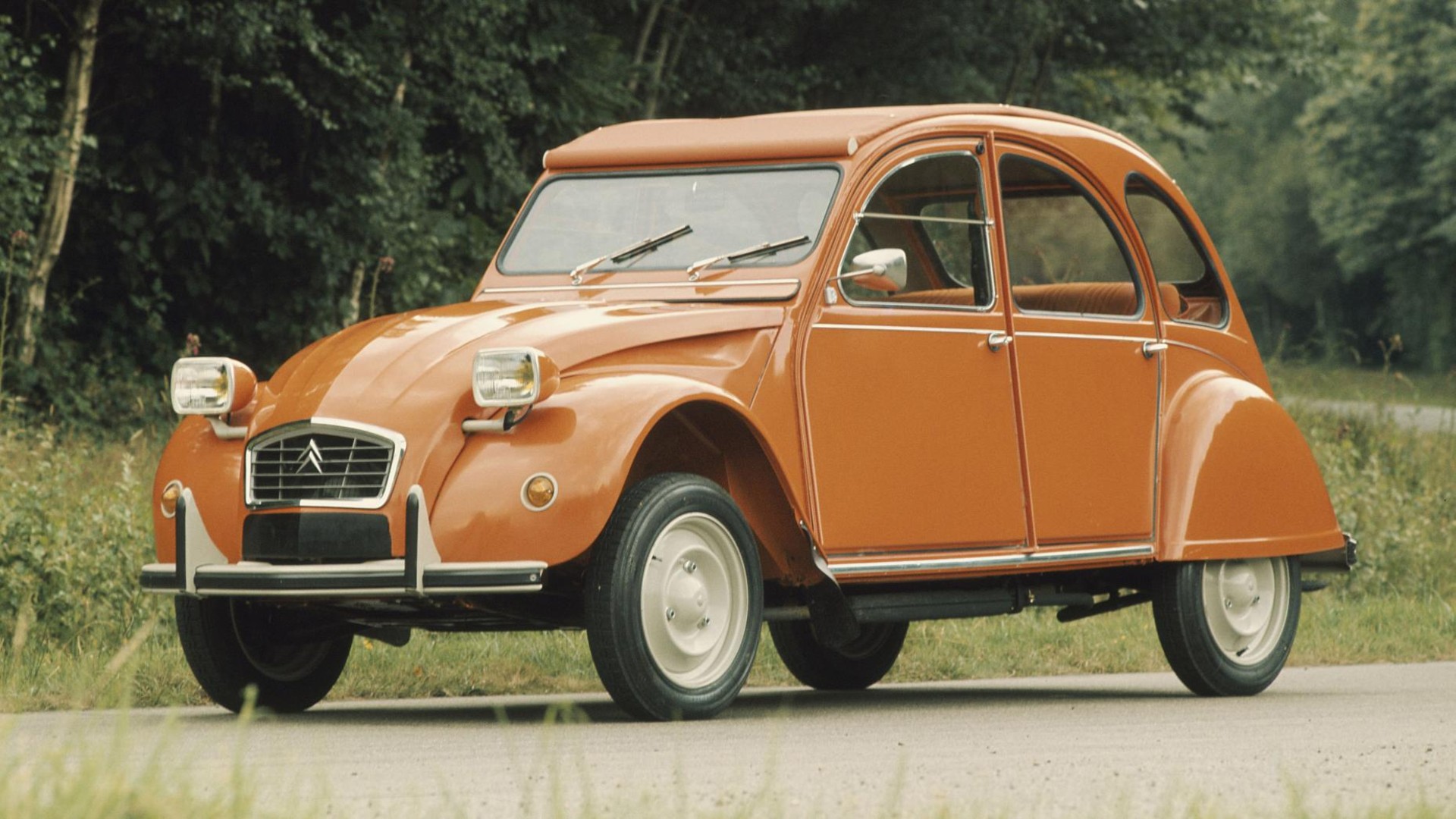

Five years ago, the excellent car geek site of Ronan Glon, Ran When Parked, published a story on how the final Citroën 2CV was made on this fine summer day in 1990ee. All which leads me to the conclusion that today, we’re at 30 years without having a brand new Citroën 2CV being signed off by the eager workforce. The good news is that up until that sad day in Portugal, the French company managed to sell more than 5.1 million, including all those stylish vans clearly designed to carry baguettes, butter, wine, and nothing else.
In short, the 2CV was a tax cut for all interested parties in France and abroad, with an air-cooled flat-twin engine not asking for much, a body to match with removable seating inside and a suspension that won’t break your eggs while plowing through a field. Then Michelin-owned Citroën came up with a concept along these lines for the TPV (Toute Petite Voiture for Very Little Car) back in 1936, and by the next three years built a trial run of 250 units for type approval, still featuring water-cooled engines. Unfortunately for the TPV project, in September 1939, France had to declare war on the Nazis for invading Poland, and the 2CV project had to be shelved, literally. The Michelin family decided to hide Citroën’s prototypes to save the tooling from Germany, who occupied France in 1940.

Past the war, series production of the much-improved 2CV could only begin in 1948, after which millions of four-doors, five-doors, pickups and panel vans left 11 plants on this planet to make sure everybody could get a cheap and cheerful Citroën. In total, the 2CV’s humble underpinnings went into nearly nine million vehicles during the platform’s 42 years on the market.
As it turns out, the final factory standing was the Mangualde plant in Portugal, and what’s known officially as the last car, a 2CV 6 Charleston stamped with chassis number AZKA0008KA4813 was made for the plant’s manager, Claude Hebert. It was a two-tone gray 2CV finished in the afternoon of July 27, 1990, presented with the help of a marching band.






This car was used by the family before ending up in storage, only to be taken to 2CV events still when the sun is at the right angle.
As Ran When Parked explains, some sources—including the much-trusted Citroënet—claim that five additional 2CVs were built the following week:
“One of them was supposed to be displayed at the 1990 edition of the Paris Motor Show, while another featured a production number that corresponded to the 1991 model year.”
What’s for sure is that to honor the occasion, Ronan finished tweaking his 2CV’s brakes and went for a drive. On that note, let us remember that while it perhaps wasn’t on the list of Citroën chief designer Pierre-Jules Boulanger’s original intentions, the 2CV also became one of the best Bond cars just nine years before its end. Is there anything this basic piece of wheels couldn’t do?

Got a tip? Send us a note: tips@thedrive.com